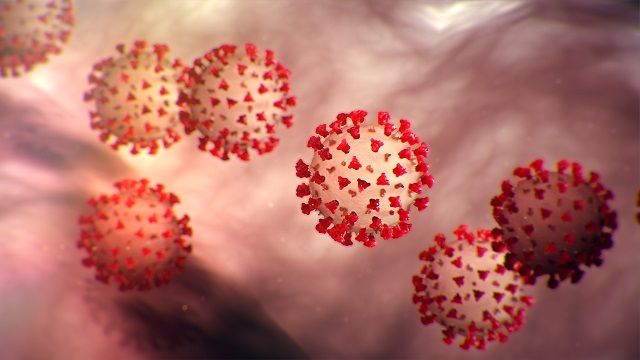
Kampala, Uganda | THE INDEPENDENT | Preliminary results of an investigation launched by the health ministry show that majority of health workers that have been infected with COVID were exposed to the disease from within communities.
Up to 530 health workers have been infected with COVID-19, six of them succumbing to the disease. According to the report, health workers that have been infected are from 60 districts in the country, some of which are hotspots. They include Kampala, Gulu, Jinja, Namisindwa, and Buikwe, among others.
Currently, 28 districts are reporting an increase in the number of community cases and health minister Dr Jane Ruth Aceng has attributed the infections to communities saying many health workers are not adhering to strict preventive measures like wearing masks and washing hands.
Dr Aceng encouraged health workers to remain on high alert, have a high index of suspicion and make sure they wear their protective gear at all times even when in the communities.
At the start of the pandemic, all health workers on COVID-19 treatment units were accommodated at hospitals to stop the spread of the disease into communities. However, with the surge in reported cases, treatment facilities such as Mulago National Referral Hospitals are facing challenges in implementing the policy.
Dr Byarugaba Baterana, the Executive Director of the hospital says they are finding it hard to look after health workers due to limited funds.
“Accommodating health workers is the best way to protect them but we are running short of funds which makes it hard to adhere to our original plan. As the number of patients increases so do the required health workers to cater for them, but the money allocated for allowances, food or accommodation is not increasing,” he said.
Earlier reports from the Uganda Medical Association insinuated that health workers were infected within health facilities due to limited provisions of personal protective wear. According to the association, the majority of the infections could be traced back to hospital departments that do not treat the disease.
Dr Mukuzi Muhereza, the Secretary-General of UMA stands by their findings saying the health authorities should not try to spread the blame for health worker infections. Muhereza says the only way to stop health worker infections and subsequent deaths in some cases is to ensure that enough, quality personal protective equipment is distributed.
“We know that most people were infected within COVID-19 treatment units where many health workers complained about a lack of PPE. I visited almost all health facilities where we have members and only one health centre seemed to have enough PPE stock. Instead of trying to blame everyone apart from themselves, they should work with health workers to ensure that they are all safe,” he said.
Medics have complained about the quality of PPE provided, saying some of the KN95 masks locally produced are substandard, exposing them to infections. The health minister says that they are going to improve the quality of locally produced masks to increase the level of protection of health workers.
“Beginning June, factories in Uganda started large scale production of face masks including KN95 masks. We are working to ensure that these products are of internationally acceptable standards. We have revised the specifications of the KN95 masks to suit the requirement of health workers in Uganda and protect them from contracting infections,” Aceng said.
********
URN
 The Independent Uganda: You get the Truth we Pay the Price
The Independent Uganda: You get the Truth we Pay the Price


